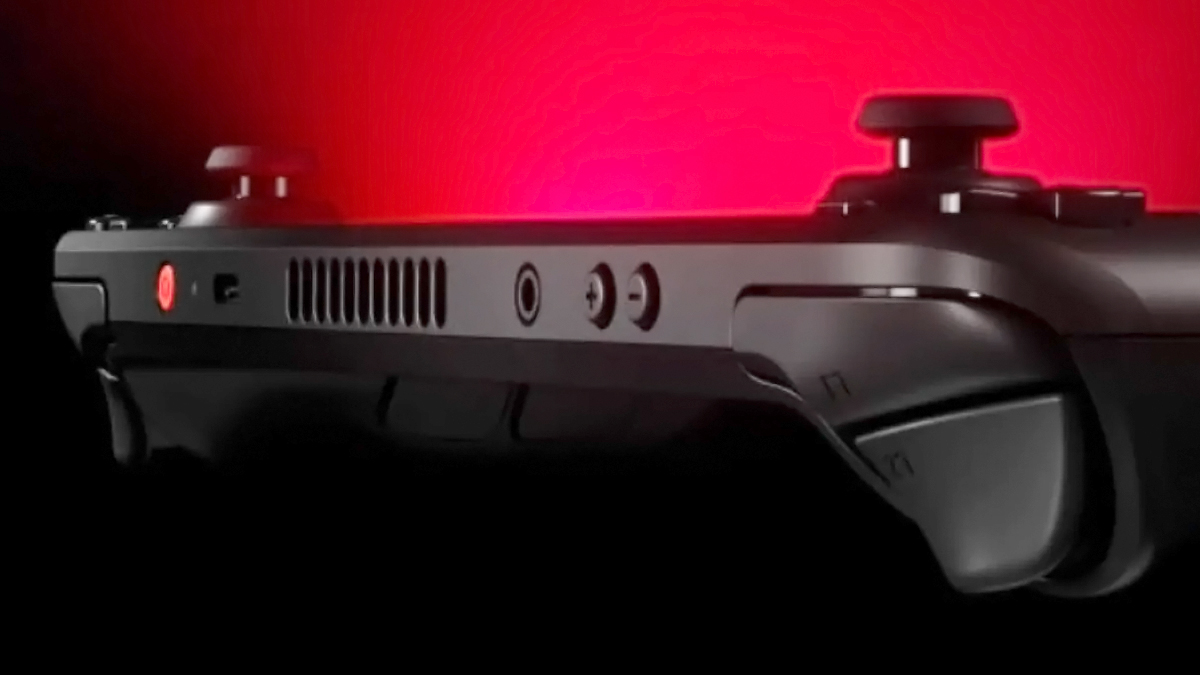Affiliate links on Android Authority may earn us a commission. Learn more.
Steam Deck stuck on the logo? Here's how you can try to fix it
Published onDecember 19, 2023
As much as people usually love their Steam Decks, they’re certainly more complicated than something like a Nintendo Switch. That means that if they do break, they can break in potentially complicated ways, including getting stuck at their logo screen. If that’s what you’re coping with, we’ve got a few troubleshooting options that might help.
How to fix a Steam Deck stuck on the logo

Before we begin, we’ll say that there are four main reasons a Steam Deck might end up stuck during loading. The first is memory — without enough free RAM or storage, there’s no way to progress, and it could trigger a freeze or a crash. There’s also the possibility of one or more bugs in SteamOS, especially if you haven’t kept up with updates. Finally, the issue can sometimes crop up after an SSD upgrade, or when your battery is low but there’s still enough juice for a power-on attempt.
Try each of the following troubleshooting options in order. You’ll need a base amount of power, so you may want to plug your Steam Deck into a charger while you try things out. Indeed, the third option requires a plug-in to complete.
Try a force-restart
If you’re lucky, there’s just a temporary glitch involved, in which case restarting your Steam Deck may be all you need to get back to normal.
Valve offers two varieties of force-restart, interestingly. The first is triggered by holding down the Power button for 4 seconds on an LCD Steam Deck, or 7 seconds on an OLED model.
If nothing happens, that implies a deeper OS-level problem. Hold down the Power button for 10 seconds on an LCD Steam Deck, or a full 16 seconds on an OLED handheld.
Perform a SteamOS rollback
However unlikely, there’s the possibility that a SteamOS update is actually causing lockups rather than resolving them. To revert to the last version of SteamOS:
- Turn off your Steam Deck, then turn it back on.
- While it’s still powering up, hold down the Power and Volume Up buttons.
- Navigate to the Boot Manager section of the BIOS tool.
- Select SteamOS, then a previous version to revert to.
Enable Battery Storage
- Turn off your Steam Deck, then turn it back on.
- While it’s still powering up, hold down the Power and Volume Up buttons to access the BIOS mode.
- Navigate to the Setup Utility, then choose the Power Menu.
- Select Battery Storage Mode, then Confirm to shut off your Steam Deck.
- If you’re not already plugged in, connect your Steam Deck to a charger and turn your Deck back on.
Recover your Steam Deck
This should be your last resort, since it’s time-consuming and will involve reinstalling SteamOS or performing a full factory reset, the latter of which will wipe out any local data and settings.
- Download the recovery image to a computer.
- Prepare the image on a USB key/stick with at least 8GB of storage. Valve recommends that Windows users try Rufus for this, and macOS users try Balena Etcher.
- Connect the key/stick to your Steam Deck. You’ll probably need an adapter or dock.
- Power off your Steam Deck if it’s still on.
- Hold the Volume Down button, then press Power. When you hear a chime, let go of Volume Down, and you’ll be taken directly to the Boot Manager.
- Choose to boot from the EFI USB Device. The screen should go black for a minute, but then load a recovery environment.
- Select Reinstall SteamOS or Re-image Steam Deck. The first will try to preserve games and any other user data, while the second will initiate a factory reset, wiping everything. You’ll have to resync with the Steam Cloud, reinstall games, and reinstall any SteamOS updates.